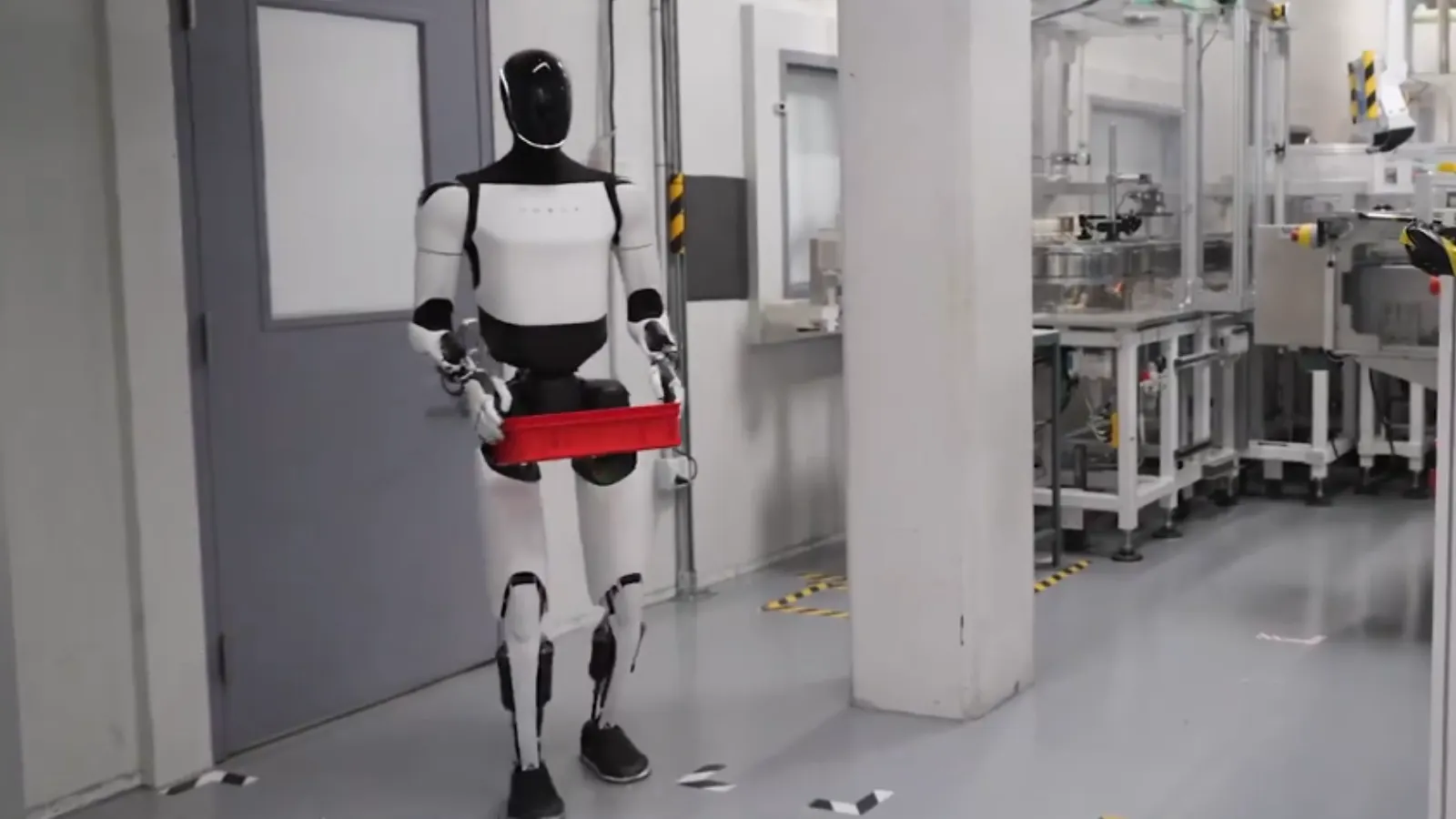Betting on the future of human-like machines, New York-based Roundhill Investments filed a prospectus with the U.S. Securities and Exchange Commission to launch a Humanoid Robotics ETF.
If approved, the fund would expose investors to companies at the forefront of humanoid robotics, a rapidly evolving area of artificial intelligence.
Humanoid robotics refers to robots that resemble and function similarly to humans. These robots typically have a human-like structure, including a head, torso, arms, and legs. Examples of humanoid robots include Tesla’s Optimus, and Boston Dynamics Atlas robots.
According to the filing, the Humanoid Robotics Fund would invest primarily in equity securities of companies that Roundhill considers leaders in humanoid robotics—either by having developed fully functional commercial robots, moving toward commercial production, or supplying essential technologies used in their development.
“Under normal circumstances, the Fund invests at least 80% of its net assets plus borrowings for investment purposes in Humanoid Robotics Companies,” the prospectus said.
Roundhill, founded in 2018, is known for thematic ETFs. The Humanoid Robotics ETF would join its lineup of niche tech funds, including those focused on generative AI, the metaverse, video games, and Bitcoin and Ethereum-covered Strategy ETFs. The firm did not specify which exchange the new ETF would trade on.
The company did not respond to a request for comment.
While several ETFs focus on robotics and AI are on the market, including the Global X Robotics & Artificial Intelligence ETF (BOTZ) and the ROBO Global Robotics & Automation Index ETF (ROBO), none are currently dedicated solely to humanoid robots.
Roundhill acknowledged several risk factors in the prospectus, including limited commercial availability, operational or staffing challenges, global and regulatory pressures, AI and robotics development in China, and a high risk of product obsolescence as the industry progresses.
“The development and commercialization of fully-functional humanoid robots involve complex and evolving technologies, which may face unforeseen technical challenges, regulatory hurdles, and market acceptance issues,” the prospectus said. “As a result, investments in Humanoid Robotics Companies may be subject to higher levels of risk and volatility.”
The Roundhill Humanoid Robotics ETF arrives amid a surge in interest in general-purpose robotics as companies like Tesla, Nvidia, OpenMind, Boston Dynamics, and Figure AI race to bring humanoid machines to market.
In 2023, the global humanoid robotics market was valued at $2.21 billion, according to market research company S & S Insider, that number is expected to surpass $76 billion by 2032.
Editor's note: This story was corrected to note that the prospectus has indeed been filed with the SEC.

